 I must confess: I love chocolate . . . in all of its infinite forms: cakes, brownies, bars, ice cream, pudding . . . even pizza! I hope there are no Italians in this room who might hear me, but chocolate pizza is pure sin!
I must confess: I love chocolate . . . in all of its infinite forms: cakes, brownies, bars, ice cream, pudding . . . even pizza! I hope there are no Italians in this room who might hear me, but chocolate pizza is pure sin! ![]()
Chocolate is my way of life! Of course, I also love cookies, but . . . chocolate cookies are my favourite ones. Crazy about chocolate and cookies too? What do you think about putting them together?
If this combo sounds good to you, let's get going! My two loves become one in this chocolate bar cookie tutorial! ![]() [EDITOR'S NOTE: Mmmm . . . I'm thinking this might be a great treat for an adult Halloween party, where the basic mini Snickers and Milky Way bars won't do!]
[EDITOR'S NOTE: Mmmm . . . I'm thinking this might be a great treat for an adult Halloween party, where the basic mini Snickers and Milky Way bars won't do!]
- 1 rectangular cookie, unflooded
- Medium round piping tips, for flooding cookie (I used PME #2 and #2.5 tips.)
- Eucalyptus flooding royal icing, for chocolate bar wrapper (See "Colors", below.)
- Brown flooding royal icing, for chocolate bar
- Patterned stencil (I used one from Mil Artes Stencils.)
- A dauber (aka sponge brush)
- Alcohol-based extract or vodka
- Grey flooding royal icing, for aluminum foil
- Scribe tool or toothpick
- Ruler
- Little round paint brush, for painting foil
- Wafer paper
- Craft paper punch, for making tag (I used one from Artemio.)
- Edible marker (Again, see "Colors", below.)
- Sugarflair: Eucalyptus paste
- AmeriColor: White, Black, and Warm Brown gels (I mixed a little black with the brown to create a rich chocolate-brown color.)
- PME silver spray
- Rainbow Dust brown edible marker (Coffee or Milk Chocolate - your choice!)
Did I whet your appetite? Yes! Then let's decorate! ![]()
Step 1: Begin by flooding the lower part of the cookie using the eucalyptus-colored icing of flooding consistency (images a and b, below). Let the icing dry completely, about 8 hours at room temperature or 1 hour in a food dehydrator. You're trying to replicate a torn paper wrapper, so be sure to pipe an uneven inner edge. It shouldn't be perfectly straight!
Step 2: Flood the top part of the cookie with brown icing (image c). Allowing some drying time between Step 1 and this step will keep the upper and lower areas separate and distinct. Let the brown icing dry as long as indicated in Step 1.
Step 3: Now, "ink" the dauber (aka sponge brush) with white coloring mixed with a few drops of vodka or alcohol-based extract, dab off any excess "ink" onto a paper towel, and place a patterned stencil on top of the eucalyptus-colored icing. (Again, be sure the icing is completely dry; otherwise, you can crack it when you apply pressure to the stencil.) Hold the stencil firmly in place and flush against the icing surface; then gently sponge over all of the openings (image d). Take care not to move the stencil or let it lift off the icing; otherwise, your stenciled pattern will be less "crisp". Let the coloring dry about 10 minutes.
Step 4: To simulate a torn foil wrapper, flood a narrow area between the brown and eucalyptus icing with grey icing (image f - oops, I skipped image e! ![]() ). Again, make sure the edges along the inside are uneven - the foil will look more realistic if these lines aren't straight and neat. Let the icing dry about 6 minutes at room temperature or 40 minutes in a food dehydrator, but don't let it dry all the way through.
). Again, make sure the edges along the inside are uneven - the foil will look more realistic if these lines aren't straight and neat. Let the icing dry about 6 minutes at room temperature or 40 minutes in a food dehydrator, but don't let it dry all the way through.
Step 5: Using a scribe tool or toothpick, gently break the gray icing crust in order to create creases in the "foil" (image g).
Step 6: Okay, let’s make the chocolate squares! First, using your trussing needle, gently scratch two intersecting lines into the dry brown icing to create four squares of equal size. One or more of these "squares" may be partial squares, depending on where the foil wrapper is located on your cookie. Use a ruler as a guide to make perfectly straight lines.
Next, trace smaller squares within each "scratched" square for piping guides. (Of course, you can skip this tracing step, and pipe freehand if you'd like.) Carefully flood these smaller squares with the same brown icing used on the top half of the cookie (image h). Use your scribe tool to work the icing into tight corners and to straighten edges, as needed. Again, let the icing dry about 8 hours at room temperature or 1 hour in a food dehydrator.
Step 7: While the chocolate squares are drying, paint the foil wrapper with silver coloring (image i). I used a bit of PME silver spray and a little round paint brush for this step.
Step 8: Finally, add a tiny wafer paper tag. I punched out a pretty paper shape (which couldn't be easier), and then wrote “Chocolate” with a brown edible marker. (I used the same technique I explained some months ago in my Valentine’s love boat tutorial.) "Glue" the tag on the stenciled part of the cookie using thinned leftover icing or a very small amount of corn syrup (image j). Be careful not to use too much icing or corn syrup or it can bleed through the paper, or even dissolve it.
Our chocolate bar cookie is finished! Yummy, right?! I wonder how long I'll be able to resist the temptation! ![]()
Cookie and photo credits: Aixa Zunino

 Aixa Zunino is the soul of Dolce Sentire, a virtual corner of sweetness and creativity dedicated to cookie decorating. On her site, this garden engineer, self-taught decorator, and lover of flowers and animals lets her imagination fly, sharing everything she has learned since discovering the world of cookies in early 2012. She combines this activity with courses around Spain (her current home) where she teaches all the secrets to getting dreamy cookies. Meet her on Facebook or her website, and email her your cookie decorating questions or concerns at dolcesentiredolci@gmail.com.
Aixa Zunino is the soul of Dolce Sentire, a virtual corner of sweetness and creativity dedicated to cookie decorating. On her site, this garden engineer, self-taught decorator, and lover of flowers and animals lets her imagination fly, sharing everything she has learned since discovering the world of cookies in early 2012. She combines this activity with courses around Spain (her current home) where she teaches all the secrets to getting dreamy cookies. Meet her on Facebook or her website, and email her your cookie decorating questions or concerns at dolcesentiredolci@gmail.com.
Photo credit: Aixa Zunino
Note: Get Inspired with Dolce Sentire is a monthly Cookie Connection blog feature written by Aixa Zunino, where, through in-depth tutorials, she proves that if you can dream it, you can cookie it! This article expresses the views of the author, and not necessarily those of this site, its owners, its administrators, or its employees. To read all of Aixa's past Get Inspired tutorials, click here. And to see all of Cookie Connection's tutorials, click here.

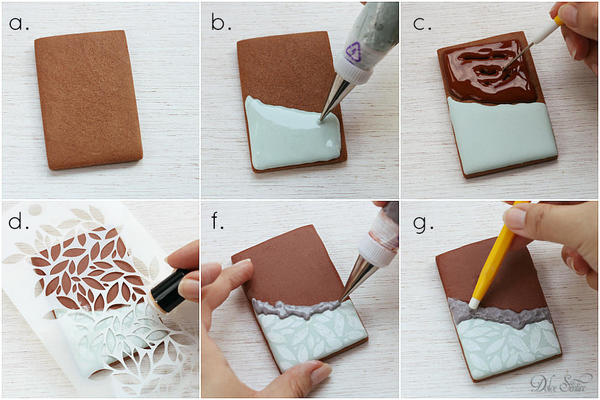
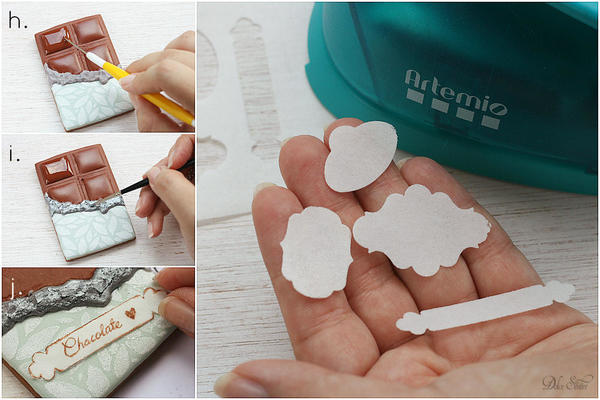
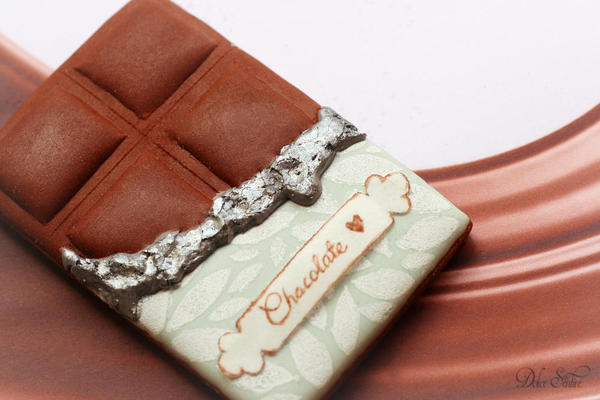

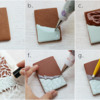
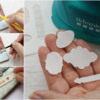

Comments (15)